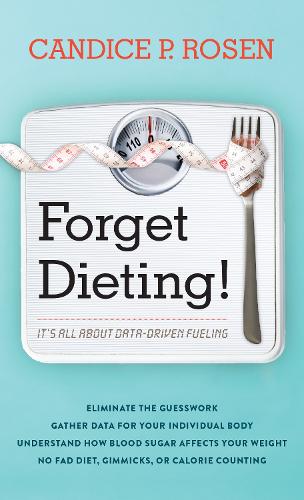Forget dieting: A registered nurse’s guide to healthy eating habits
The health counsellor says monitoring blood glucose is the key to weight loss and good health.

Grilled chicken with salad. Picture: iStock
Author Candice P Rosen is a registered nurse based in Los Angeles, California. As the founding member of Gilda’s Club Chicago and its first executive director and programme director, she created and coordinated an array of wellness-related programmes.
She was appointed by Mayor Richard Daley to serve as chair of Healthcare Initiatives for Chicago’s Sister Cities International Programme (CSCIP).
CSCIP provided an opportunity to advocate for preventive medicine, improve maternal and infant healthcare, stress disability access, promote nourishing diets and bring awareness to the obesity and diabetes epidemics that now affect populations on a global level.
Rosen is married, the mother of four adult children and grandmother to a granddaughter.
Not sure how to eat and stay healthy this quarantine season without resorting to your familiar diet of spaghetti, bread, pizza and sugar? Rosen, author of the upcoming book Forget Dieting: It’s All About Data-Driven Fueling encourages “trophology” or “food combining”, which is one of the foundations of her data-driven fuelling plan.
As you combine foods, Rosen says, “monitoring blood glucose is the key to weight gain versus weight loss and good health versus poor health”.

Candice Rosen.
Rosen shares some tips:
1. Make Wednesdays and Fridays vegan days
According to Rosen, avoid dairy. Try vegan yoghurts, cheeses and milk. Dairy is inflammatory and will deplete your bones of calcium.
There are unsweetened milk such as almond, hemp, cashew, etc., and all are available in selected grocery stores.
A low blood glucose breakfast idea would be a sprouted grain English muffin, spread with a tofu or nut-based cream cheese, some sliced tomatoes, and topped off with sea salt or Trader Joe’s Everything but the Bagel Sesame Seasoning Blend.
2. Eat fruits that are high in fibre
Apples, bananas, oranges, berries … the list goes on! You will still want to avoid sugary fruit juices as well as very sweet fruits like pineapples and mangos while trying to lose weight.
Fruit is always eaten alone with two exceptions: it can be added to a vegan smoothie and can be eaten with a nut or seed butter. These healthy fats reduce the chance of a blood glucose spike.
3. Nothing white
To lower blood glucose, do not eat or combine animal proteins with any white potatoes, bread, rice, or pasta … ever. Sorry!
4. Eat more sweet potatoes
Think wholesome, nutritious, responsibly grown, pancreatic-friendly foods (that don’t raise your blood glucose) like sweet potatoes and yams, which are incredibly nutritious carbohydrates and low in sugar levels.
They are best consumed baked or steamed, but can also be cooked in a variety of other ways.
A great (and inexpensive) lunch or dinner option is a baked sweet potato, split down the middle with a large spoonful of black beans, a tablespoon of tomatillo salsa and a side salad. To lower blood sugar, eat sweet potatoes with veggies and plant-based protein instead of meat.
5. Try fish
Give your body a break from animal protein. Red meat increases inflammation and provides poor sources of fat. However, if you crave protein, try fish.
For those who aren’t allergic, fish is a fantastic source of protein that’s low in carbohydrates and contains high amounts of omega-3 fatty acids – one of the few consumable healthy fats.
If consuming fish raw, remember only sashimi-style – no white rice! To lower blood sugar, combine fish with veggies, not starches or fruit.
For more news your way, download The Citizen’s app for iOS and Android.








